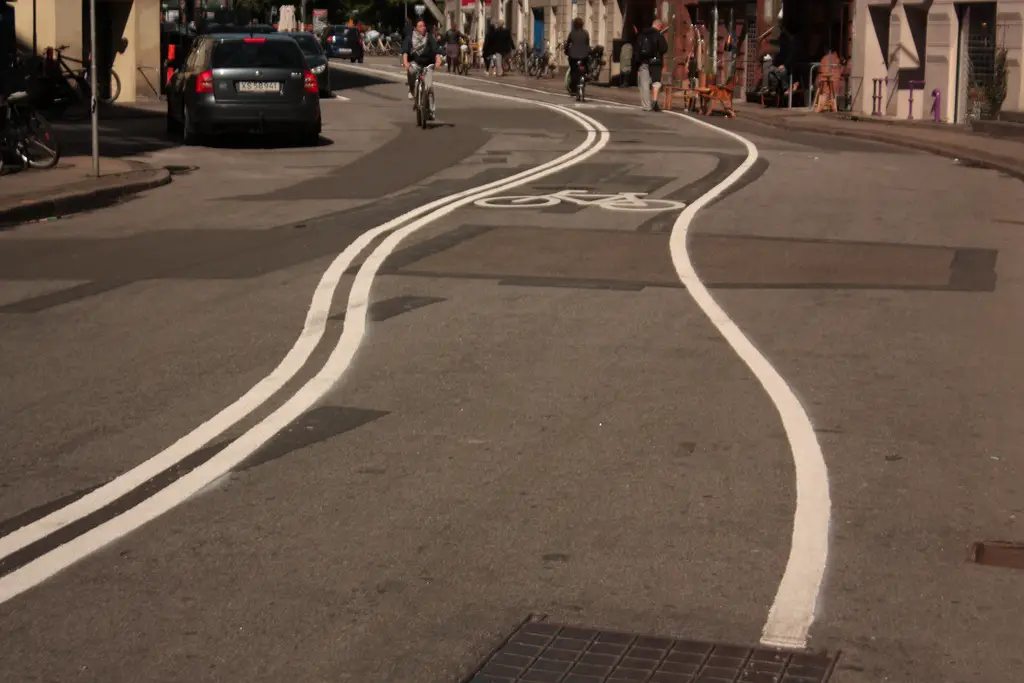After learning that there is a $700 million masterplan to redevelop Libertador – one of the most marginal neighborhoods in the Venezuelan capital of Caracas – I can’t help by wonder about the nature of such a project. Dubbed “Hugo Chavez Park” and with some considerable participation by Rogers Stirk Harbour+Partners, Richard Roger’s architectural firm, the project includes two stadiums with circa 50k+ capacity, the new headquarters for the Bolivarian University of Venezuela and other recreational venues.
This massive undertaking opens a series of questions that have been posed in similar contexts where social disparity is dire, infrastructure is lacking and security plagues the urban fabric on a daily basis.
Firstly, is there an actual need for such a project, and what is the nature of it? According to the Administrative Division of Libertador’s Mayor, Jorge Rodriguez, previous similar exercises in refurbishing public space have led to a decrease in crime, and indeed, there is much support for projects of such a nature in one of the world’s most violent cities. However, the project itself would not be enough to further address such issues as this is not just a community centre, but rather a multi-million dollar investment whose long term strategy is not clear.

Next, it is not clear what the project wants to achieve by bringing Rogers into the picture. It looks like a political move to give the mayor credibility and position his city as something it might not represent in the long run. As with many other Latin American cities, projects like these usually come with heated criticism from locals who argue that the money could be better used for more urgent matters. And this might be true of Caracas. As one of Latin America’s most divided societies with one of the highest murder rates of any city in the world and one of the largest slums of any city, the project will be a hard sell for the Libertador mayor. It appears to be more as a city marketing stunt than a true plan representing local needs.
On the upside, Hugo Chavez Park could be a project that leverages its full potential and aids the development of the local community. The project thus has to be run in a transparent way where stakeholders are fully accountable to the community along the process. With such budgets and authorities involved, this could be the flagship case where a big project can be delivered without any dodgy dealings.
If accountability and transparency are at the top of the list, then sustainability should be right behind them and ultimately no less important. By sustainability, I mean economical, social and political sustainability where there is a clear process that defines a long term vision of the local authority’s agenda. This has to translate into short term economic benefits from construction activities and medium to long term economic growth for lower income communities. This has to do with proper distribution of resources, not only in monetary way, but in a way that everyone around the park benefits and develops from it. The Olympic Park in London could serve as a good case study where the long term vision was and still is to open valuable space and resources to a traditional depressed area in East London.

Finally, the venue might become the flagship project of the city and its status as a national symbol may boost the local community’s sense of belonging. By making something pleasing for everyone to use and relate with, it can work as a powerful marketing and political tool to change the common negative perception not only of the local immediacies, but of the city and the country as a whole.
Hugo Chavez Park is riddled with clear opportunities and constraints, and by no means will it serve as the leading force to solve Caracas’ underlying issues of crime, poverty and social divide. It may be beneficial when dealing with such issues and by giving Caracas the image boost it clearly needs, but the city cannot rely solely on one project to solve all its problems. The city will only be able to progress towards a better good if clear and transparent mechanisms are in place that are able to integrate the local communities and represent them in all their capacities along the process.
Time will tell whether the park will benefit Caracas citizens in the near future or whether it will or not join along the star line-up of existing white elephants across the globe.
Images: Municipality of Caracas and fraymifoto


